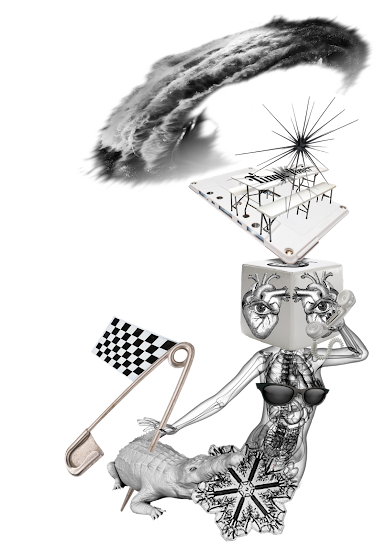What is one of your important plans or goals?
Now—think about a possible problem—something which would derail those plans. What will your initial reaction be when you learn the bad news and, then, what do you do next in this hypothetical situation? Do you react and move forward, abandon the plan completely, or make some adjustments to the original plan?
This visualization technique requires you to use pessimism to bring about a positive effect when faced with future challenges.
Assume you’re planning a holiday-vacation. You’ve already got time off from your employer, purchased tickets, and researched the destination. Now imagine that the person you were going to be traveling with tells you—last minute—they can no longer go. Envision the emotions you would feel (anger, sadness, etcetera) and then what options you would in-this-instance consider [going alone; offering the tickets to someone else (who?); postponing (how long?); cancelling).
Some of life’s problems aren’t urgent (failure to receive promotion, power outage, sickness in the family, unplanned pregnancy, etcetera) and, for those, we have time to consider options when-and-if they occur. However—many (most?) of life’s difficulties are panic-inducing emergencies (waking to house on fire, witness a crime, spouse wants a divorce, etcetera).
To successfully practice the philosophy of Stoicism, it’s imperative to deal with life’s complexities by evaluating and making calm, logical, decisions. One way to accomplish this is by pre-visualizing the shit-hitting-the-fan emergencies and then mentally walking thru the series of actions required for you to make the best of a bad situation.
People in high-risk jobs (police, firefighters, soldiers, etcetera) continually train. Since it’s impossible to train for every possible negative situation one could experience in life, pre-visualizing is the most valuable mental training available. A Stoic doesn’t wait for bad news to arrive and think, “Now what do I do?” (while adrenaline fuels their emotions and, subsequently, thoughts). Instead, a Stoic calmly considers how they will maybe, someday, possibly be required to act, if/when they receive information that’s objectively-universally negative (laid-off from their job; death in the family; cancer prognosis; vehicle totaled in an accident, etcetera). By routinely doing this (once a week) Stoic practitioners prepare themselves for the inevitable, exercise their metal elasticity, and train their brains to be able to effectively, calmly, handle decision-making under duress.
Other articles about Stoicism and Philosophy:








































No comments:
Post a Comment